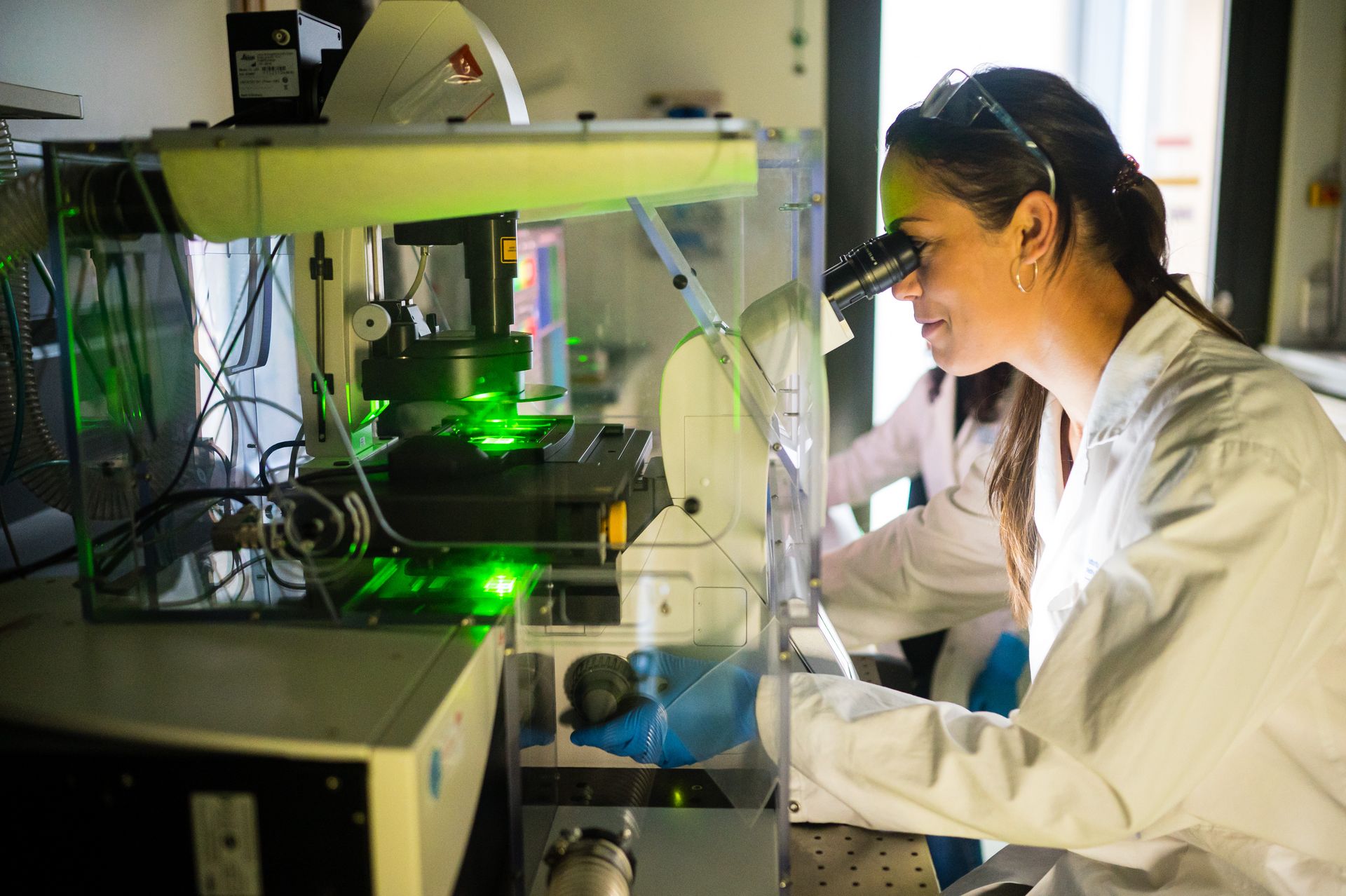
Smart Pharmaceutical Materials and Systems
Dr Mariia Nesterkina
The delivery of anti-infective compounds is crucial for combating microbial resistance and achieving effective treatment outcomes. My research focuses on the development and application of advanced materials and intelligent delivery systems for the targeted delivery and controlled release of anti-infective agents, ensuring optimal therapeutic impact and reducing adverse effects.
Our Research and Approach
Despite the continuous synthesis of new drug candidates, there remains a critical need to optimize their biopharmaceutical properties to achieve effective targeted delivery. To address these challenges, stimuli-responsive systems will be developed, designed to react and release anti-infective drugs based on specific (patho)physiological stimuli. These materials, derived from natural compounds, ensure biocompatibility and minimize toxicity. My research encompasses the entire spectrum of drug delivery development, including the synthesis and fabrication of intelligent systems, investigation of their mechanisms of action, and assessment of their efficacy through various in vitro and ex vivo models. These patient-friendly systems are tunable, allowing for customization based on therapeutic requirements and specific disease conditions. By focusing on natural, stimuli-responsive materials, the aim is to enhance the precision and effectiveness of anti-infective treatments while maintaining safety and reducing adverse effects.
Team members

Research Projects
THERMOTROPIC LIQUID CRYSTALS FOR SKIN DRUG DELIVERY
The current project addresses an elegant strategy to implement the anisotropic properties of thermotropic liquid crystals (LCs) with a view to extending their application for delivery of anti-infective drugs. Thermotropic LC systems will be designed and synthesized as novel soft functional materials for skin drug delivery – both for transdermal and intradermal application. The project base is fabrication of novel compositions with a thermotropic core based on natural products. The distinctive feature of aforementioned systems is their phase transition to the LC state at normal human skin temperature. These mesomorphic properties of thermotropic LCs enable their topical application to deliver the drugs across or within the human skin. The focus is on targeted loco-regional delivery of antibacterial, antiviral and antifungal drugs using thermotropic LC systems. Such novel materials are urgently required to fight skin and soft tissue infections that collectively refer to a variety of invasions caused by diverse microorganisms – most commonly bacteria, but also fungi and viruses of the skin layers (epidermis, dermis and subcutaneous tissues). By utilizing thermotropic soft materials, also “smart” wound dressing will be developed in order to monitor the wound temperature in real time. With a change in wound state, a temperature-responsive LC formulation is designed to release antibiotics upon the increase of wound temperature as a sign of infection.
TERPENOID PRODRUGS WITH ANTI-INFECTIVE ACTIVITY
This project aims to elucidate molecular mechanisms driving the dual-targeted action of terpenoid-derived hybrids against bacterial infections. To address this issue, the strategy of molecular hybridization will be employed, which involves the conjugation of bioactive pharmacophores with terpenoid scaffolds into a single molecule. Thus, in addition to their multi-target effects, these prodrug/codrug molecules will also enhance membrane permeability, thereby improving the overall bioavailability of the compounds. The rational GreenMedChem (Green Medicinal Chemistry) approach to synthesize molecules will be implemented, aiming to minimize or eliminate the utilization of hazardous substances in drug discovery. Hybrid terpenoid derivatives demonstrate dual functionality, effectively targeting bacterial pathogens while concurrently exhibiting complementary biological activities, such as anti-inflammatory effects. This dual action offers advantages by reducing the requirement for multiple medications, thus mitigating risks associated with polypharmacy.
Publications
An overview of Mariia Nesterkina´s publications can be found on her personal page.


